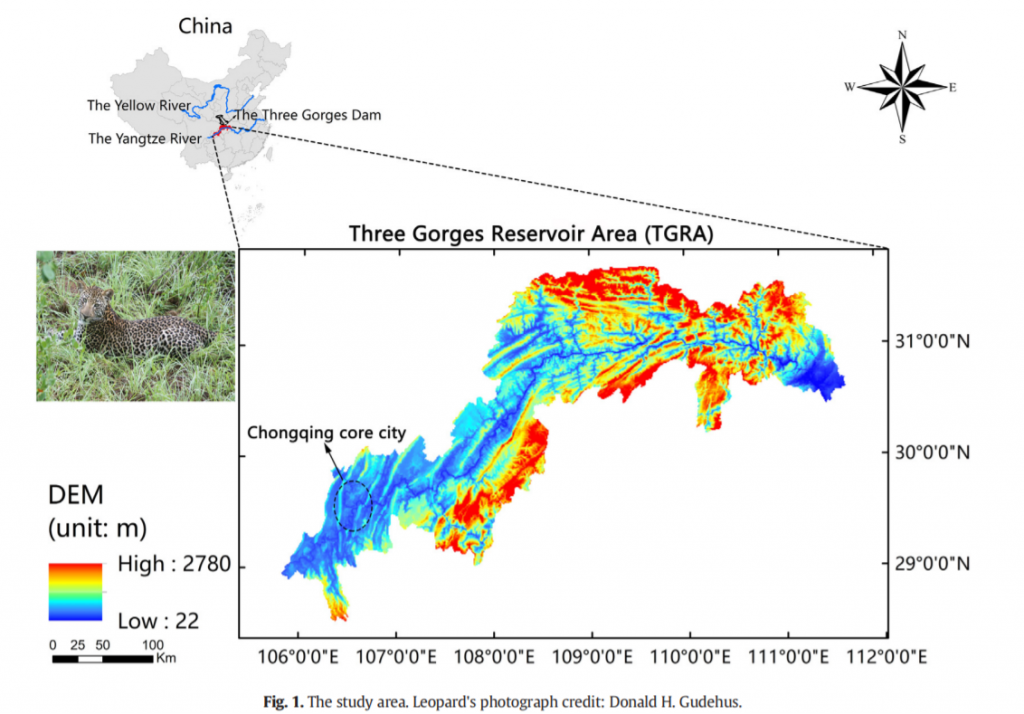Abstract
Understanding the impact of urban expansion on functional connectivity is significant to biodiversity conservation. Particularly, in the Three Gorges Reservoir Area (TGRA, Southwest China), the urban land has rapidly expanded to provide settlements for an enormous population of TGRA migrants. However, the consequence of future land-use changes to the functional connectivity of the local habitat network has rarely been studied. To extend this knowledge, this paper proposes a framework that integrates a novel cellular automata (CA) simulation model and ecological network analysis, taking the TGRA as the study area, to predict how different urban expansion scenarios might affect functional connectivity for a nationally protected species, the leopard. The least-cost path modeling is used, and a set of connectivity indicators are adopted to evaluate functional connectivity. The results show that, the population-growth-based urban expansion maintains a higher connectivity than the business-as-usual and fast-urban-growth scenarios. In addition, the connectivity loss due to urban expansion can be offset by the reforestation efforts of the Green-for-Grain Project. Finally, we identify habitat patches that act as key connectivity providers, and suggest that those patches be prioritized for protection to avoid significant connectivity loss.

Q.E.D.









